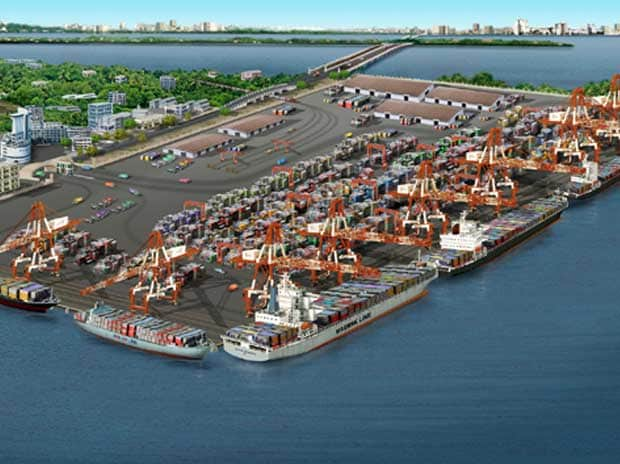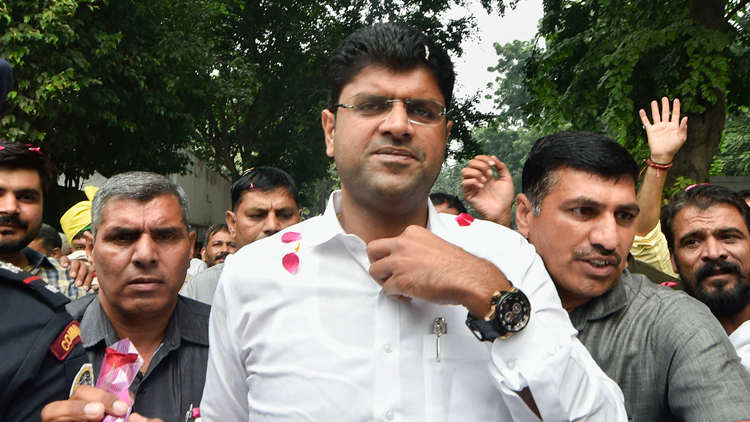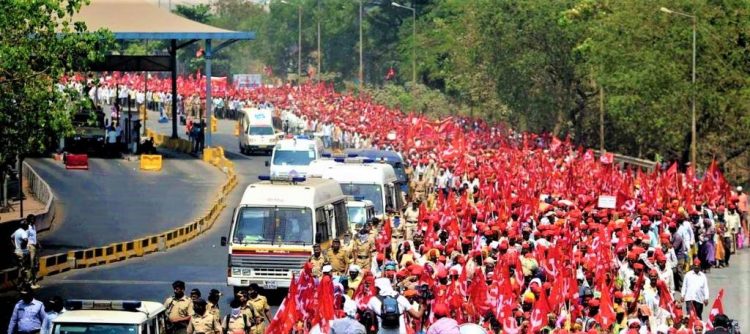Citing environment issues Protesters from fishing community at large blocked attempts by India’s Adani Group to restart work on a transhipment port on the southern tip of India, a company spokesperson said on Saturday.
The Union Governemnt (Rs 818 crore) and the Kerala government (Rs 817 crore) will split the viability grant funding of Rs 1,635 crore for the Vizhinjam project, making it the first and only port project to obtain such a grant.
Construction at Adani’s Vizhinjam seaport has been stalled for more than three months after protesters erected a large shelter blocking at the entrance to the port, saying that in the name of pseudo development had caused coastal erosion and deprived them of their livelihoods.
The Adani Group, led by world’s third-richest man Gautam Adani, attempted to move heavy vehicles into the port on Saturday following a court directive this week that construction work must resume, but protesters blocked them from entering, an Adani spokesperson in the southern state of Kerala told Reuters.
Around 25 trucks had tried to enter the port and were forced to turn back after two were hit by stones thrown by the protesters, the spokesperson added.
Following vehement protests by large section of fishermen Kerala government mediation with fishermen community turned futile as on date
The Vizhinjam International Transhipment Deepwater Multipurpose Seaport is an ambitious project taken up by Government of Kerala.
It is designed primarily to cater container transhipment besides multi-purpose and break bulk cargo.
The port is being currently developed in landlord model with a Public Private Partnership component on a design, build, finance, operate and transfer (“DBFOT”) basis.
The private partner, the Concessionaire M/s Adani Vizhinjam Port Private limited has commenced the construction on 5 th December 2015.
Vizhinjam Port offers large scale automation for quick turnaround of vessels with state-of-the-art infrastructure to handle Megamax containerships. Its capacity in phase 1 is to be 1 million TEUs and in subsequent phases, another 6.2 million TEUs will be added.
However protesters have been alleging that the unscientific construction of groynes, the artificial sea walls as part of the upcoming Vizhinjam port, was one of the reasons for the increasing coastal erosion









